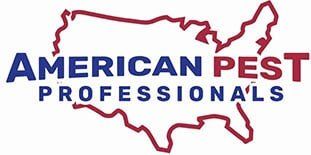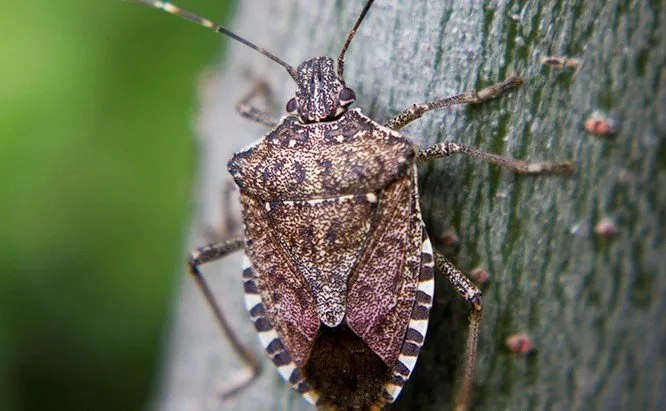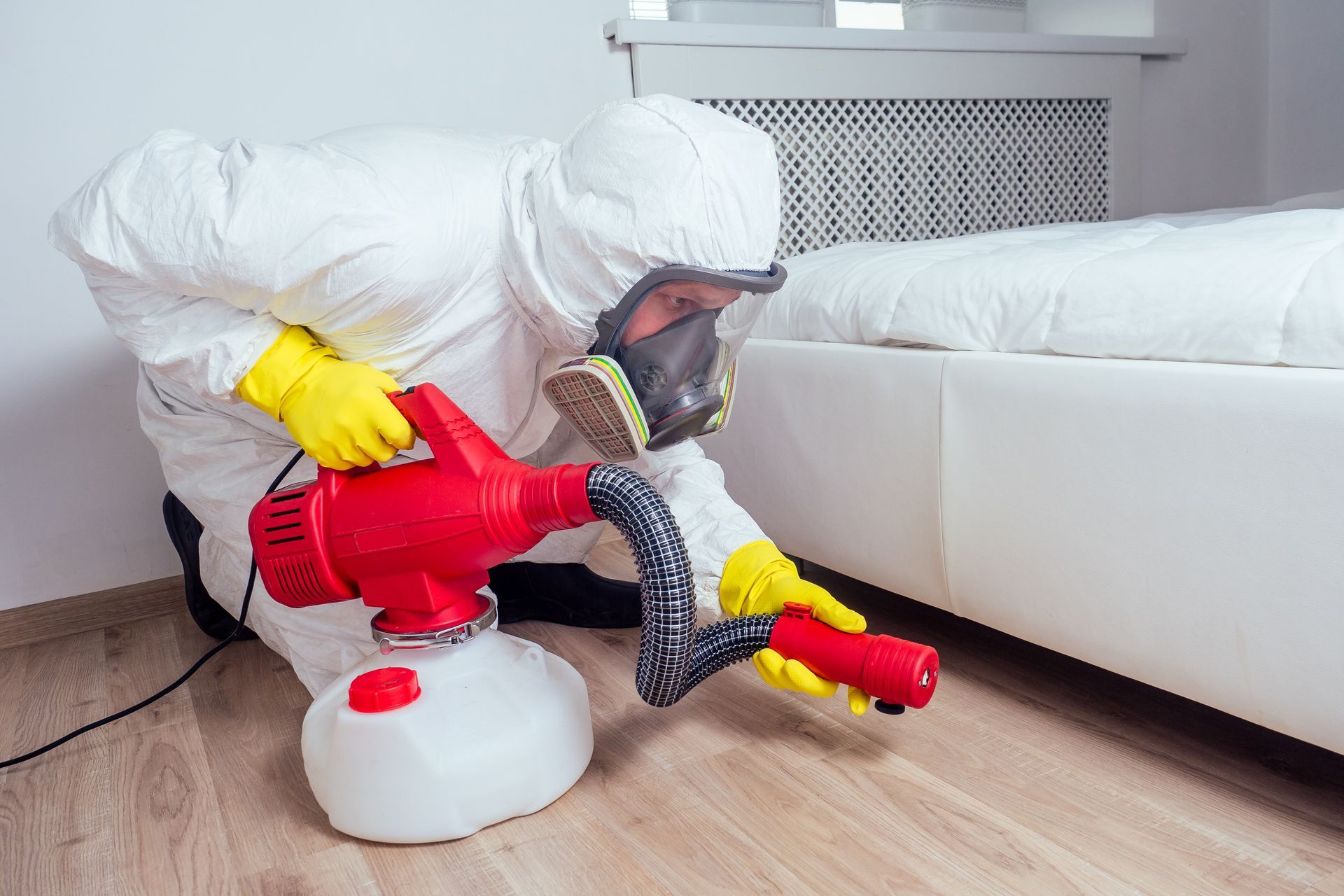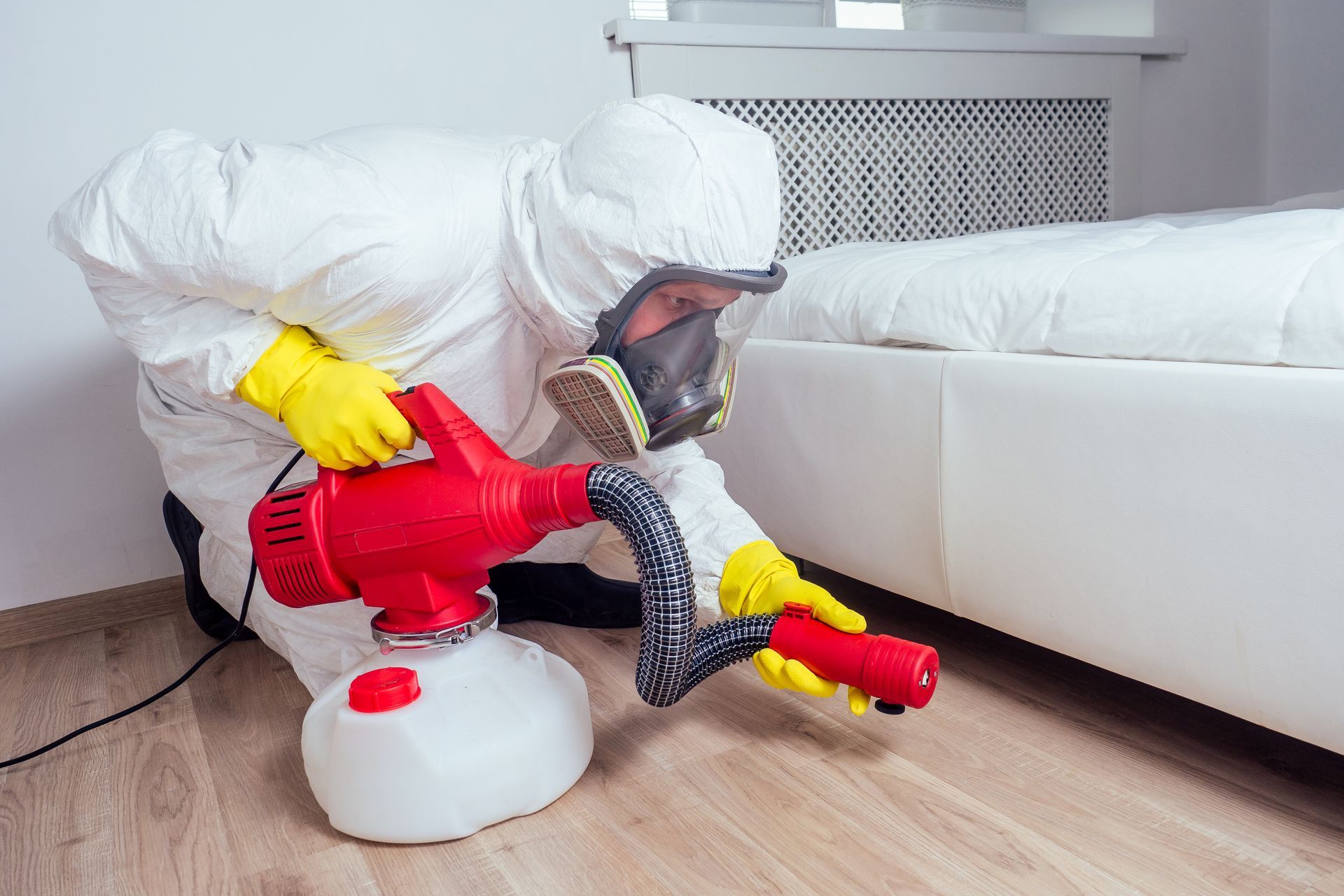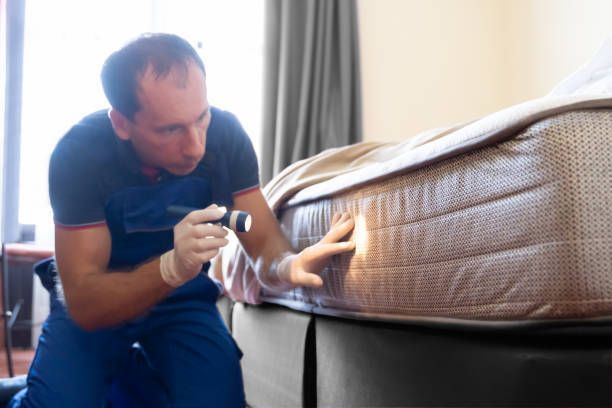Frequently Asked Questions About Stink Bugs
Stink bugs may not pose a threat to your health and safety, but they can make your everyday home life miserable. If you need to understand these creatures better, check out these frequently asked questions on the subject.
What Do Stink Bugs Look Like?
A stink bug may grow to slightly over half an inch in length, with a distinctively flat, shield-shaped body. The body appears brown on top, with a cream-colored underside. You may also see light-colored banding on the antennae, on the bug's six legs, or around the edges of the body.
Stink bugs molt periodically. A stink bug that has recently molted will appear white instead of brown and sport red markings instead of white ones. Stink bug nymphs appear dark brown or even black, also with red markings. Stink bug eggs, which typically adhere to leaves in clusters, appear green in color.
Where Does the Name Come From?
The stink bug earns its name from the strong, unpleasant odor it produces whenever it feels threatened. The crushed bodies of stink bugs also emit this odor. The smell acts as a deterrent to predators. Some people find that it strongly evokes skunk spray or cilantro. A pile of dead stink bugs can fill your home with this stench.
What Do Stink Bugs Eat?
Stink bugs eat many of the same fruits and vegetables as humans. Favorite foods for stink bugs include beans, okra, eggplant, tomatoes, peppers, apples, peaches, pears, corn, and berries. Stink bugs may consume any part of these plants, including the leaves. They will also eat flowers, grasses, and buds.
Stink bugs ingest fruits by puncturing them with their mouth parts and sucking out the nutrients within. This eating method gives the fruits a scarred, dimpled appearance known as a cat-facing. If you see such deformities on your fruits, you may have stink bugs (although other insects can also cause cat-facing).
Where and When Do Stink Bugs Thrive?
The most common form of stink bug in the U.S., the brown marmorated stink bug (Halyomorpha halys), doesn't originate in America at all. This species developed in Asia and then migrated to North America via freight containers, making its first known U.S. appearance in the late 1990s.
Stink bugs tend to grow active in the fall months, particularly October, as they seek shelter from the encroaching colder weather. Their need for warmth often drives them into homes in large numbers, where they continue to proliferate throughout the winter. During warmer weather, they cling to trees and wall surfaces.
What Kinds of Trouble Can Stink Bugs Cause?
Stink bugs present no direct threat to humans in the forms of stings, bites, or disease transmission. Even so, a stink bug infestation can easily make a nuisance of itself, most obviously from their obnoxious odor. You may find it all but impossible to avoid crushing these bugs underfoot, thus releasing their stench.
Stink bugs' fondness for fruits and vegetables can also create problems. You may find your kitchen overrun by stink bugs attracted to the foods in your pantry. If you have a vegetable garden, a stink bug infestation can do serious damage to your crops.
How Do You Get Rid of a Stink Bug Infestation?
Stink bug infestations may require specialized intervention, with techniques focused on keeping these insects from entering your home in the first place. Your pest control professional can point out the likely entry points, recommending sealants to close small gaps and chemicals that kill the bugs as they try to enter.
Ongoing preventive practices can help keep stink bug populations under control. Keep your yard clean and well-trimmed. Seal away any foods that might attract stink bugs. Dispose of any stray stink bugs you encounter, taking great care not to crush them. Ask your pest control expert about maintenance program options.
Ask your pest control team about environmentally friendly baiting and monitoring stations that you can have placed at various points in your yard, around your garden, or surrounding your home.
American Pest Professionals can help you stop a smelly, destructive stink bug problem in its tracks.
Contact us today to schedule a pest inspection and stink bug treatment.
